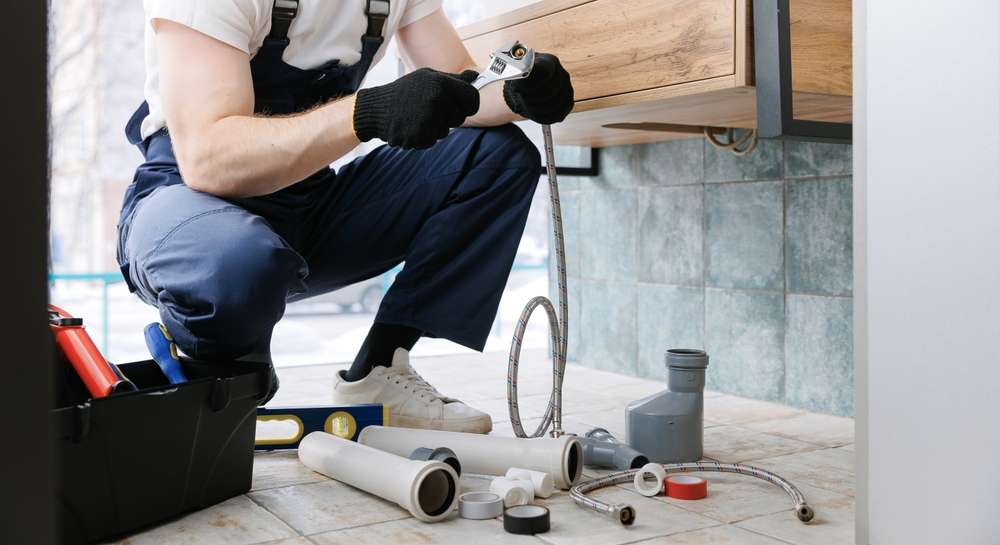Cost-effective ventilation solutions for damp environments
Effective ventilation is a practical way to reduce dampness in a washroom or similar spaces during renovation or retrofit work. Good air movement, humidity control, and targeted maintenance can lower condensation risks, protect finishes like tiling and fixtures, and improve long-term durability with modest investment.

Effective ventilation is a practical first step when addressing persistent damp in a washroom or other humid spaces. Beyond removing moist air, the right combination of fans, controls, and layouts protects waterproofing, tiling, and fixtures while improving indoor comfort and reducing long-term maintenance. This article outlines cost-conscious approaches to ventilation, explores retrofit and layout options, and summarizes real-world cost considerations for common products and providers.
How does ventilation prevent damp in a washroom?
Proper ventilation reduces condensation by exchanging humid indoor air with drier outdoor air and by encouraging airflow across cold surfaces where moisture tends to form. Exhaust fans, humidity sensors, and timed controls stop moisture build-up after showers and baths. When planning ventilation during renovation, consider fan capacity (measured in cubic feet or metres per hour), ducting route, and placement relative to fixtures; these factors determine how efficiently steam and odours are removed and how quickly surfaces dry.
What role does waterproofing and tiling play?
Waterproofing and quality tiling limit moisture penetration into walls and subfloors, but they work best alongside ventilation rather than as substitutes. Continuous waterproof membranes, grout sealants, and sealed junctions reduce liquid ingress, while ventilation prevents the repeated condensation that leads to mold under tiles. Proper detailing around shower enclosures and plumbing penetrations complements exhaust systems and reduces the need for repeated repairs over time, preserving both aesthetics and structural elements.
How can retrofit solutions improve air efficiency?
Retrofit ventilation allows existing spaces to gain humidity control without full demolition. Options include wall- or window-mounted extractor fans, in-line duct fans that locate the motor away from the room for quieter operation, and humidity-sensing units that run only when needed. Retrofits can also integrate with existing ductwork or use short external routes to minimize installation work. Choosing energy-efficient motors and timed or demand-controlled units increases operational efficiency and lowers running costs.
What maintenance affects ventilation and plumbing?
Regular maintenance keeps ventilation systems performing as intended: clean fan covers, dust-free vents, functioning sensors, and intact duct seals all preserve airflow and reduce wear on motors. Plumbing and drainage checks prevent leaks that create persistent damp pockets independent of ventilation. Periodic inspections during renovation and as part of lifetime maintenance schedules extend the life of fixtures and reduce the frequency of disruptive repairs, which can be especially important in accessible or high-use spaces.
How can layouts, fixtures and storage support ventilation?
Thoughtful layouts encourage cross-flow and reduce stagnant corners where damp lingers. Positioning fixtures to avoid obstructing airflow, locating towel racks and storage away from direct wet zones, and using ventilated cabinetry all help surfaces dry. Choosing low-profile fixtures and considering placement of windows or trickle vents during renovation can maximize passive ventilation. Storage solutions that allow air circulation around stored textiles lower the risk of musty odors and mold growth.
Real-world cost and product comparison
Simple extract fans are often the most cost-effective solution, while in-line fans and controlled or heat-recovery systems carry higher upfront and installation costs but offer better noise control and energy performance. Factors affecting price include fan type, required ducting, electrician or contractor labor, required repairs to waterproofing or tiling when creating routes for ducts, and any controls like humidity sensors. Below is a concise comparison of representative products and providers to illustrate typical ranges and features.
| Product/Service | Provider | Cost Estimation |
|---|---|---|
| Basic wall/window extractor fan (bathroom) | Broan-NuTone | US$25–$120 (unit) |
| Humidity-sensing ceiling fan (residential) | Panasonic | US$80–$250 (unit) |
| In-line duct fan (quieter, retrofit) | Vent-Axia / S&P | US$90–$350 (unit) |
| Energy Recovery Ventilator (ERV/HRV) system | Mitsubishi Electric / Zehnder | US$1,000–$5,000 (unit + installation) |
| Professional installation (electrician/contractor) | Local services/in your area | US$100–$600+ (labour, per job) |
Prices, rates, or cost estimates mentioned in this article are based on the latest available information but may change over time. Independent research is advised before making financial decisions.
Conclusion
Addressing damp environments with cost-effective ventilation combines appropriate product selection, good waterproofing practices, sensible layouts, and routine maintenance. For many washroom projects, targeted retrofits such as humidity-sensing or in-line fans will offer the best balance of performance and value; larger or whole-house solutions may justify higher investment for efficiency gains. Understanding the interaction between ventilation, plumbing, tiling, fixtures, and storage helps create durable, comfortable spaces while controlling costs over time.





